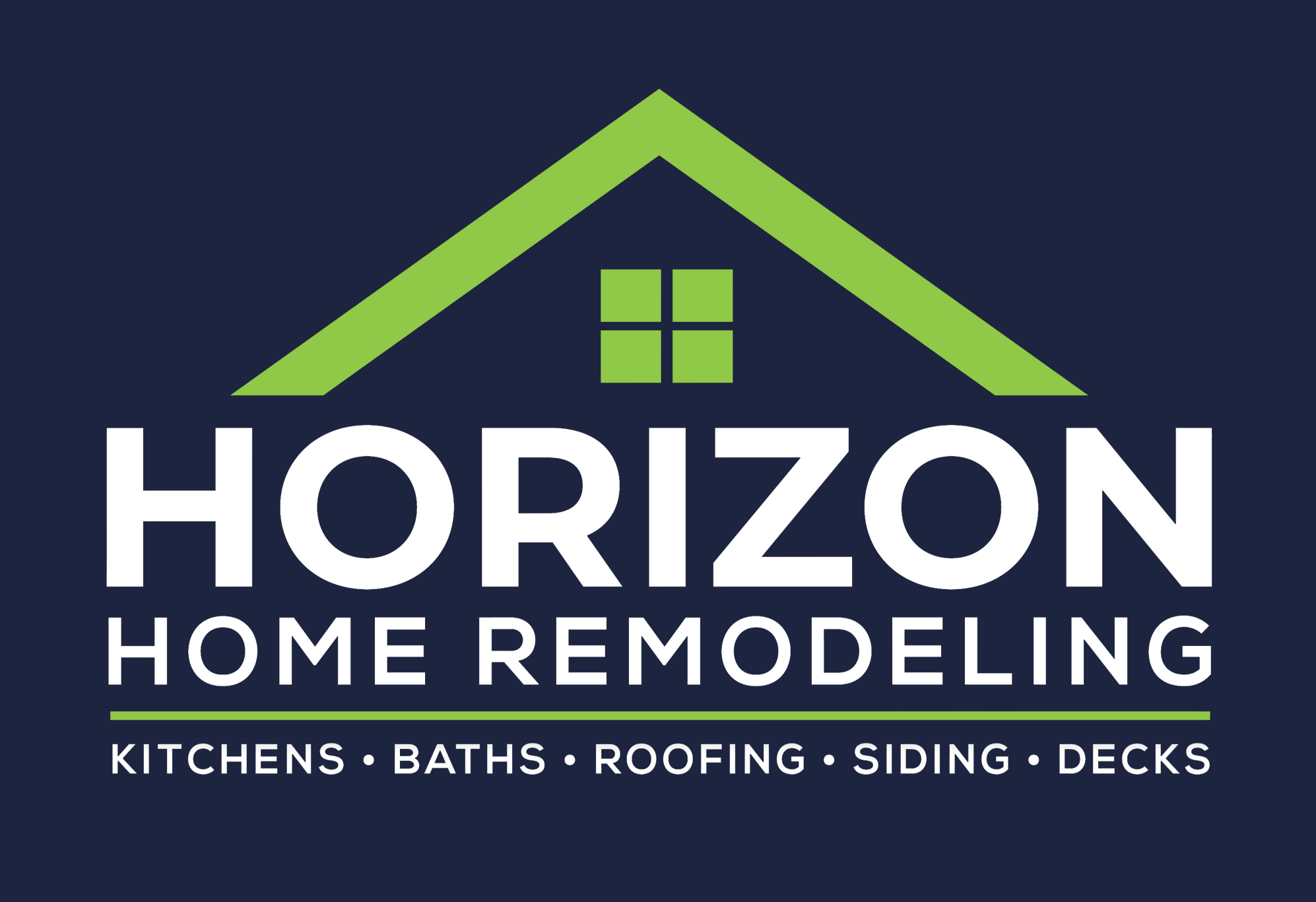In today’s environmentally-conscious world, homeowners are increasingly looking for ways to reduce their energy consumption and save money. One of the most significant decisions affecting energy efficiency in your home is your roof. An energy-efficient roof not only minimizes your carbon footprint but can also lead to substantial financial savings over time. This article will discuss the various roofing options that enhance energy efficiency, provide case studies and statistics, and offer actionable insights to help you make informed choices.
Understanding Energy Efficiency in Roofing
What is Energy Efficiency?
Energy efficiency refers to using less energy to perform the same task or deliver the same service. When applied to roofing, this concept encompasses various materials, designs, and technologies that can significantly decrease energy consumption.
Importance of Energy-Efficient Roofing
- Cost-Effective: Energy-efficient roofs can lead to considerable savings on monthly energy bills.
- Environmentally Friendly: Reduces greenhouse gas emissions and conserves natural resources.
- Increased Home Value: Homes with energy-efficient features often have higher resale values.
- Enhanced Comfort: Regulates indoor temperatures, making your home more comfortable.
Types of Energy-Efficient Roofing Materials
Choosing the right roofing material is crucial for maximizing energy efficiency. Here are several popular options:
1. Cool Roofing
What is it?
Cool roofing is specifically designed to reflect more sunlight and absorb less heat than standard roofing materials.
Benefits:
- Lowers cooling costs in hot weather
- Extends the life of the roofing materials
- Reduces urban heat island effects
Examples:
- Reflective Membrane Roofs: Often made from a rubber-like material, these roofs can reflect up to 90% of sunlight.
- Asphalt Shingles: Specially treated asphalt shingles can achieve lower heat absorption.
2. Metal Roofing
Benefits:
- Longevity: Metal roofs can last up to 50 years or more with proper maintenance.
- Reflective Properties: Highly reflective metal surfaces help keep homes cooler.
- Energy Star Certified Options: Many metal roofing products meet Energy Star requirements, offering superior reflective capabilities.
3. Slate and Tile Roofing
Benefits:
- Natural Insulation: Both slate and tile provide excellent insulative properties, helping to keep homes warmer in winter and cooler in summer.
- Durability: Both materials can last well over 100 years, reducing the need for replacements.
4. Green Roofs
What Are They?
Green roofs are living roofs that are planted with vegetation, offering both insulation and the ability to absorb rainwater.
Benefits:
- Improved air quality
- Natural cooling effect
- Reduction in stormwater runoff
5. Synthetic Roofing
Options:
Synthetic roofing materials can mimic the look of wood, slate, or tile but are often more energy-efficient.
Benefits:
- Lightweight and durable
- Can often include recycled materials in their composition
The Financial Benefits of Energy-Efficient Roofing
Investing in energy-efficient roofing can lead to substantial savings. According to the U.S. Department of Energy, homeowners can save 10% to 50% on cooling costs with the right roofing solution.
Initial Costs vs. Long-Term Savings
While the initial investment for energy-efficient roofing materials can be higher than traditional options, the long-term benefits often far outweigh the upfront costs. Here are some considerations:
- Lower Energy Bills: Energy-efficient roofs can reduce heating and cooling costs significantly, leading to monthly savings.
- Tax Incentives: Various government programs provide tax credits and incentives for energy-efficient home improvements.
- Increased Home Value: Homes with energy-efficient roofs can sell for 7% to 15% more than those without.
Case Studies: Real-World Examples
Case Study 1: The Smith Family
The Smith family opted for a cool metal roof after experiencing high summer energy bills. After the installation, they noticed a 25% reduction in their cooling costs within the first year. The roof’s reflective capabilities not only kept their home cooler but also had a 50-year warranty, enhancing the long-term value of their property.
Case Study 2: Urban Green Roof Project
In a 2019 initiative, a city implemented green roofing in residential areas. The project resulted in a 30% reduction in energy consumption for heating and cooling. Property owners participated in the initiative received substantial rebates, making the transition more financially accessible.
Tips for Choosing the Right Energy-Efficient Roofing
When considering an energy-efficient roofing option, keep these factors in mind:
1. Climate Considerations
- Hot Climates: Look for reflective materials, such as cool roofs or metal roofing.
- Cold Climates: Insulative options, like slate or tile, can help retain heat.
2. Aesthetic Appeal
The look of your roof matters. Choose materials that complement your home’s style while improving energy efficiency.
3. Budgeting
Outline your budget and consider the long-term savings against the initial investment.
4. Contractor Expertise
Ensure you hire a qualified contractor with experience in installing energy-efficient roofing systems.
Additional Energy-Efficient Practices
Implement these complementary strategies to further increase your home’s energy efficiency:
- Proper Insulation: Adequate insulation helps maintain desired indoor temperatures.
- Windows and Doors: Use energy-efficient windows and doors to minimize heat loss.
- Regular Maintenance: Timely repairs and upkeep can extend the life of your roofing materials.
Conclusion: Roofs with a Purpose
Investing in energy-efficient roofing is not just about protecting your home; it’s also about building a sustainable future. The choices you make today can lead to significant long-term savings and contribute positively to the environment. As you explore your options, consider the various materials available, the financial implications, and the ways to enhance your home’s energy efficiency. The benefits of making energy-conscious decisions extend beyond financial savings—they create a more sustainable home for the future.
In summary, an energy-efficient roof is a smart investment that pays off in the form of lower energy bills, increased property value, and a reduced carbon footprint. By understanding your options and making informed choices, you can build a roof that serves a higher purpose while providing comfort and security for your family.



